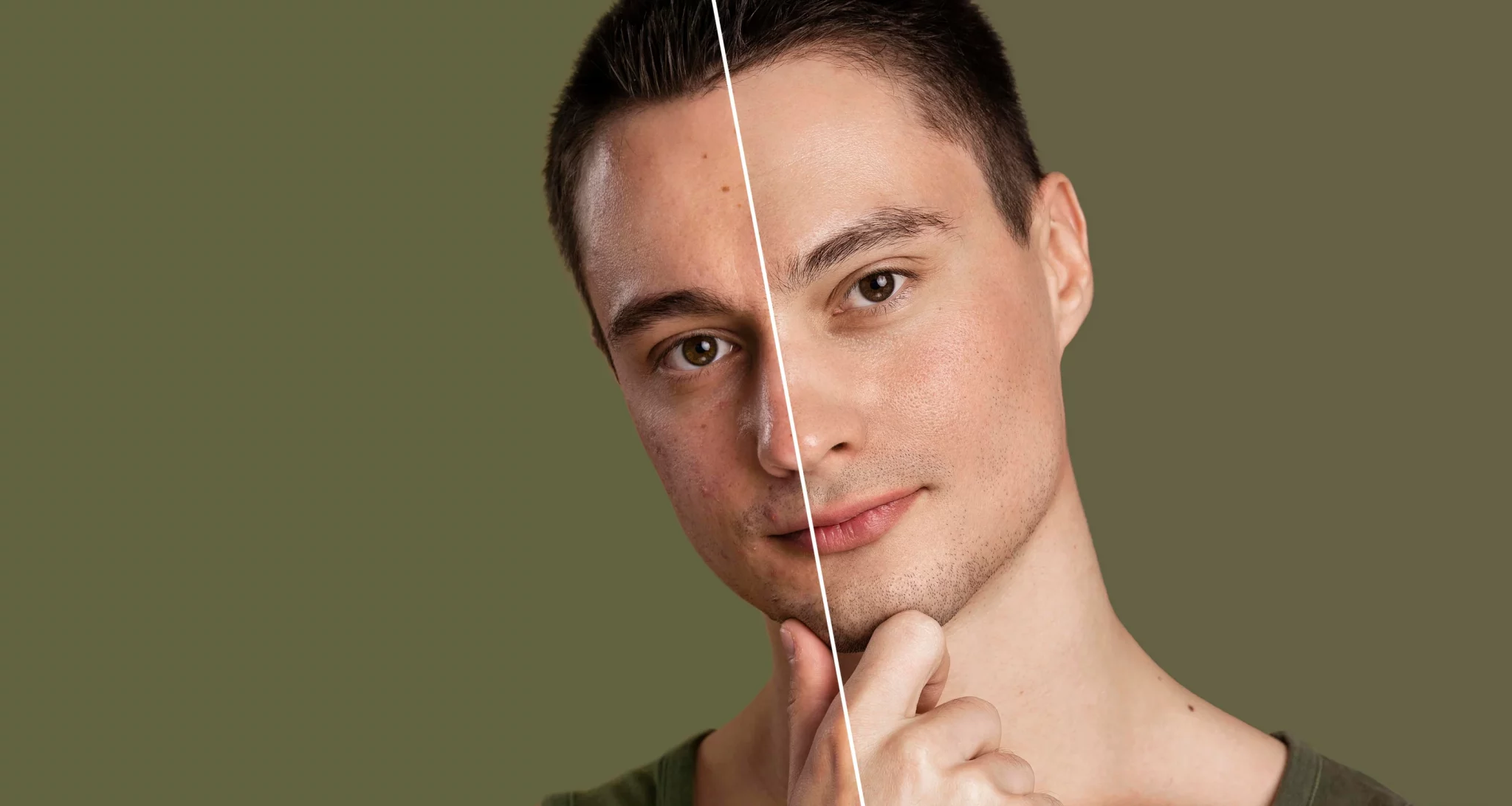Expert Tips And Techniques For Image Retouching

In the world of photography and computerized imaging, picture correcting is a vital aptitude that can hoist your photographs from great to remarkable. Whether you’re a proficient picture taker, a realistic originator, or a fair devotee looking to upgrade your pictures, acing progressed correcting procedures can make a world of contrast. In this comprehensive direct, we will dig into master tips and methods for picture modification, making a difference in you accomplish dazzling and professional-looking comes about.
Understanding Image Retouching
Picture retouching is the preparation of carefully altering and improving photographs to move forward their quality, appearance, and effect. This can include a wide extend of alterations, from basic color rectification to complex correcting of particular zones inside a picture. Progressed modifying procedures permit you to address defects, improve points of interest, and make outwardly striking photographs.
Let’s plunge into an arrangement of master tips and progressed strategies that will take your image-retouching aptitudes to the following level:
1. Start with a High-Quality Image
The foundation of successful retouching is a high-quality image. Ensure your original photograph is well-exposed, sharp, and properly composed. If you’re using RAW format, you’ll have greater flexibility in post-processing.
2. Master Non-Destructive Editing
Non-destructive altering methods are significant when working on your pictures. Utilize alteration layers and veils in computer programs like Adobe Photoshop to make changes without modifying the unique picture information. This permits you to test and make corrections afterward if required.
3. Perfect Skin Retouching
Achieving natural-looking skin retouching is a hallmark of skilled image retouching. Instead of blurring the entire skin surface, use the Healing Brush or Clone Stamp tool to target specific blemishes, wrinkles, or imperfections. Remember to reduce opacity for a subtle effect.
4. Frequency Separation
Frequency separation is an advanced technique that separates an image into its texture and color components, making it easier to retouch skin. This allows you to work on imperfections while preserving skin texture. It’s a powerful method for achieving smooth and natural-looking skin.
5. Dodge and Burn
Dodge and Burn are essential tools for enhancing the contours and details of your subject. Use the Dodge tool to brighten areas and the Burn tool to darken them. This technique can add depth and dimension to portraits and other images.
6. Selective Color Correction
Instead of applying global color adjustments, target specific colors in your image. This is particularly useful for achieving vibrant and balanced colors in landscape or product photography. Tools like the Hue/Saturation adjustment layer can help with this.
7. Advanced Selections
Creating precise selections is a fundamental skill in image retouching. Learn to use the Pen Tool or advanced selection techniques like Select and Mask (in Photoshop) to isolate and edit specific areas with precision.
8. Sharpening Techniques
Proper sharpening is crucial to give your images that professional finish. Use the Unsharp Mask or Smart Sharpen filter sparingly to enhance details while avoiding over-sharpening artifacts.
9. Remove Distractions
Whether it’s unwanted objects in the background or sensor dust spots, removing distractions is essential. Tools like the Content-Aware Fill in Photoshop can make this process smoother.
10. Mastering Color Grading
Color grading can drastically change the mood and atmosphere of an image. Experiment with color lookup tables (LUTs) or create your custom color grading presets to achieve the desired effect.
11. Maintain Realism
While advanced retouching techniques can achieve impressive results, it’s crucial to maintain a sense of realism. Avoid over-softening skin, excessive manipulation, or unrealistic colors unless your artistic intent calls for it.
12. Experiment and Learn
The path to mastering image retouching involves continuous learning and experimentation. Follow tutorials, explore different software, and challenge yourself with a variety of images to retouch. Over time, you’ll develop your unique style and expertise.